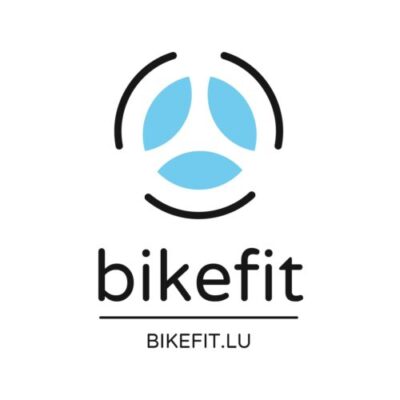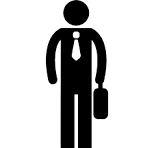Fitting or Sizing?
Postural assessment can be delineated into two closely related concepts: Bike Fitting and Bike Sizing. Over time, these two notions have often become intertwined. To ensure clarity and a shared understanding, let me explain how I use these terms.
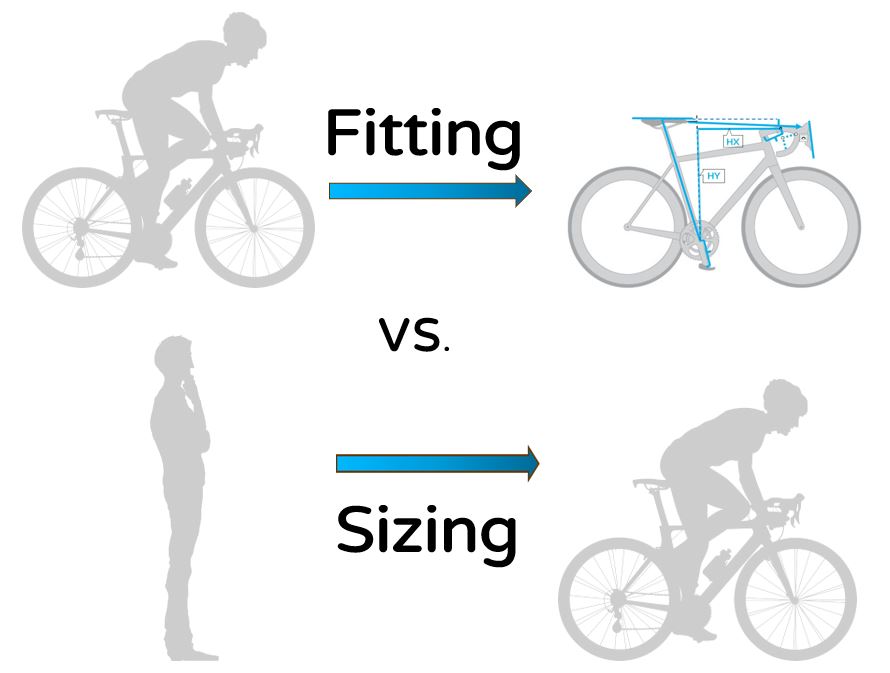
In summary:
- BIKE FITTING is performed with your CURRENT BIKE.
- BIKE SIZING is the method employed before purchasing a NEW BIKE.
- BIKE PRESCRIPTION is the calculation of the configuration of the NEXT BIKE you can purchase, based on your last fit coordinates.
I warmly welcome you to explore further below for more details and explanations.
Bike Fitting - Unleash the joy of cycling by becoming one with your bike.
In summary, for those in a hurry: bike fitting is the art and science of adjusting your bike and its components to achieve the best possible position allowed by your equipment.
Compared to bike sizing, the philosophy remains the same: finding harmony between you and your bike and achieving the best balance between performance and comfort. The key difference is that you bring your bike, and the fitting is performed on your bike. Depending on your needs, a fit bike may also be used, allowing faster changes to parameters such as crank length, saddle, handlebar, and aerobars.
Video analysis is employed to:
- Support the slow human eye.
- Better visualize elements (slow motion, freeze frame, angle measurement, etc.).
- Facilitate a comparison between the initial and final positions.
- Save data for future reference.
Pressure sensors on the seat (formula Ortho) allow:
- Precise location and quantification of pelvic pressure spots on the saddle.
- Assessment of pelvic mobility and stability on the saddle.
- Evaluation of whether your saddle suits your morphology and practice.
Three fitting formulas are proposed and described later on this page.
However, there can be limits to a bike-fitting:
- You: While the bike can be adapted on the spot, sometimes in multiple steps, fitting cannot guarantee the spontaneous elimination of health issues. Addressing complaints will be considered during the session, but it’s essential to recognize that you may need to work on flexibility, strengthen muscles, or seek professional advice.
- Your bike: If a proper sizing has been done, the fitting has a higher chance of success. Adjustments may involve different components, but if the bike’s geometry doesn’t suit you, adaptation may compromise bike handling.
While bike fitting optimizes your position, the final result is limited by your current bike and its components. Ideally, your bike should align perfectly with your position. However, often, it’s the opposite – your position adapts to the bike. This is why I recommend a bike sizing for your next purchase. The cost is minimal compared to the potential loss from buying the wrong bike.
Bike Sizing - Avoid expensive mistakes when purchasing a new bike.
Initially, bike sizing relied on measuring the inseam to determine the appropriate frame size. However, it became evident that this measure was insufficient and mainly useful for evaluating seat height. Additional anthropometric measures were introduced to account for the fact that leg length is not proportionally related to trunk height or arm length. However, two crucial factors were often overlooked in this approach: your flexibility and your capacity to sustain the position dictated by the results derived from the formulas.
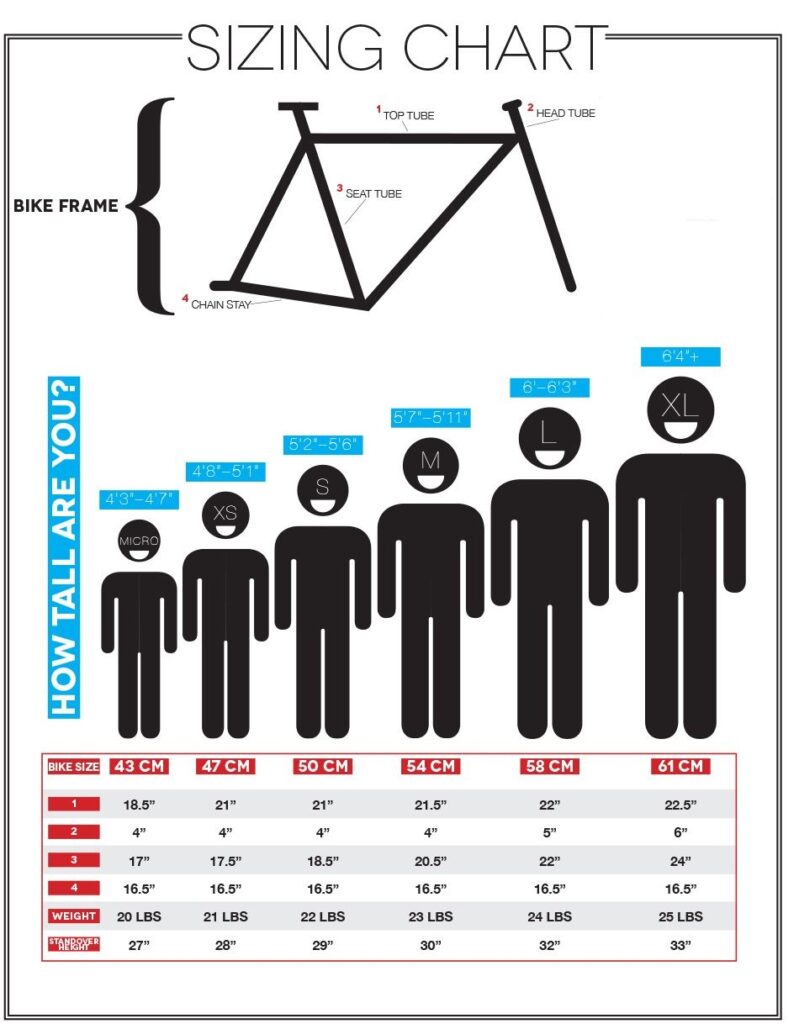
Bike sizing has evolved into a dynamic process, utilizing fit bikes that allow adjustments to the saddle and handlebar positions while you pedal. This instant feedback aids in finding the optimal position for individual cyclists based on their type of practice, morphology, flexibility, and considerations for possible pathologies and traumatic history. The F.I.S.T (Fit Institute Slowtwitch) protocol is employed to guide you through different positions and arrive at your personalized fit.
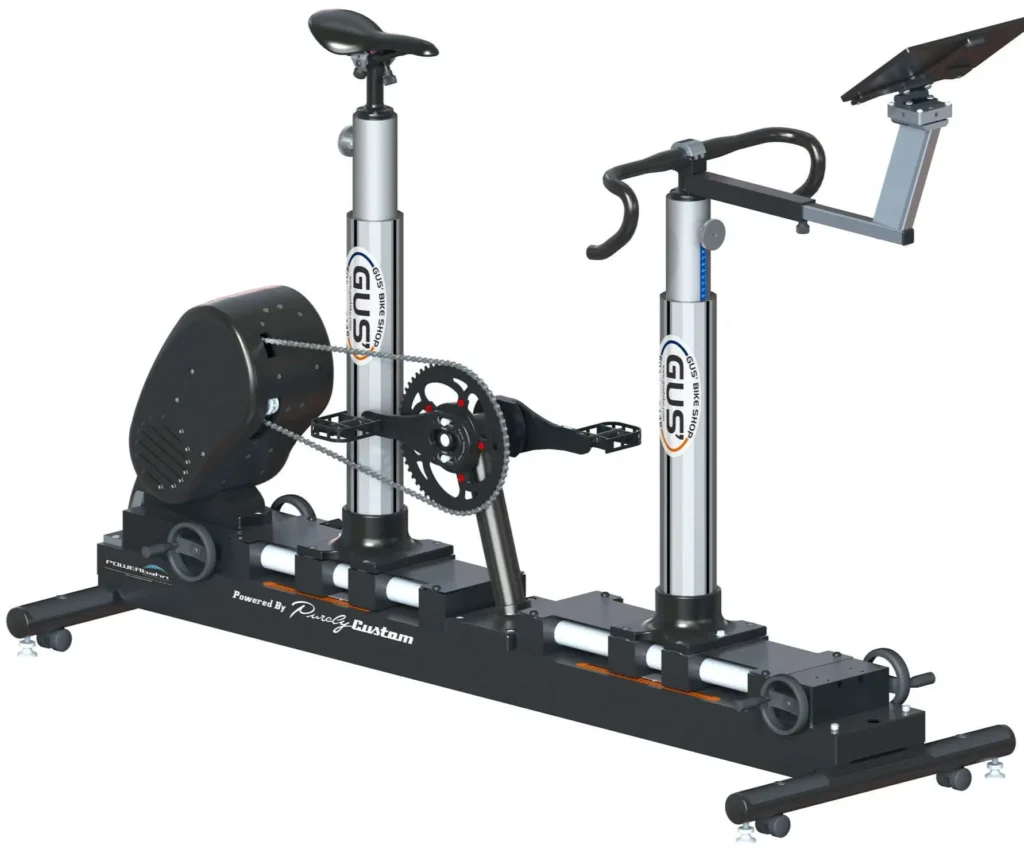
Avoiding mistakes when purchasing a new bike is crucial. Many cyclists have faced discomfort or resale issues by choosing a bike based on aesthetics or marketing rather than its compatibility with their body. The goal is to empower cyclists to find a bike that suits them from the start. After your bike-sizing, you receive a list of suitable models and fit coordinates. This information allows you to order a bike with the correct stem length, spacer height, and crank length, optimizing the buying process.
However, there might be limitations to bike sizing:
The fit coordinates provided may differ from your final bike due to varying components (saddle, handlebar, levers, pedals, etc.). It’s ideal to optimize your position (get a bike-fit) after several rides with your new bike.
Only brands providing stack & reach measurements along with head tube and seat tube angles are considered. These values are essential for applied trigonometry.
Sizing is effective for road, triathlon, and time trial bikes but not applicable to mountain bikes. The vast variety in head tube and seat tube angles, coupled with different handlebar forms on MTBs, makes it challenging to create a comprehensive list of bikes. However, if you have a specific model in mind with adequate information, possible positions can be calculated and simulated on the fit bike.
In brief, bike sizing is the art and science of determining your ideal position to ensure a well-informed purchase of a bike and its components. It involves finding a position that can be maintained for an extended period without compromising performance due to discomfort or pain.
Bike Prescription - Purchase a new bike based on your last fit coordinates.
After your bike-sizing, you get a detailed list of bikes tailored to your position, including brands, models, frame sizes with stack and reach, best crank length, seatpost offset, and cockpit configuration. This service, not included in the bike-fitting session, requires time, research, and calculations, so it is priced at 80 € for the first bike and 15 € for each subsequent one. The calculations use precise coordinates from your fitting, ensuring accuracy. If your last fitting is more than two years old, I recommend a bike-sizing for optimal results.
Important note:
Bike prescription, like bike sizing, is effective for road, triathlon, and time trial bikes but not suitable for MTBs due to the diverse geometries, handlebars, and practice types in mountain biking. For MTBs, a specific model may be chosen based on provided information, and simulations can be done on a fit bike if necessary.
Now you should have a clear vision of what you need to enjoy cycling at its best.
Already have a bike? Get it fitted!
Three different fitting formulas are offered to you to adapt your session to your needs.
Ortho
You are seeking comfort. Pressure measurements on the saddle can pinpoint areas of excessive pressure, helping identify potential causes. During the session, adjustments to your bike’s setup will aim to reduce harmful pressure in the subpubic area, moving support to less harmful bone structures.
If better performance is your goal, the procedure remains the same. Discomfort can lead to premature fatigue, impacting performance. Regardless of your practice, morphology, or ambitions, the objective is to find the optimal balance between performance and comfort.
If prevention is a priority and you want to avoid position-related overload issues, the combination of video analysis and pressure measurement on the saddle is valuable.
For those seeking postural optimization due to orthopedic or neurological reasons, the Ortho formula is recommended.
The Ortho formula includes:
- Interview to understand your ambitions, practice, expectations, and complaints.
- Assessment of muscular and joint flexibility, identifying asymmetries or specific deficiencies.
- Observation of dynamic characteristics while pedaling on the trainer.
- Cleat adjustment.
- Measurement of important angles and posture visualization via video analysis
- Analysis of lower limb axes.
- Optimal adjustment of saddle height, tilt, setback, handlebar reach, drop, rotation, and lever positions.
- Visualization of pressure measurements on the saddle
- Saddle position optimization.
- Comparison of pressures and videos before/after optimization.
- If appropriate: tips on stretching, technique, stability, etc.
Basic
The Basic formula mirrors the Ortho formula but excludes saddle pressure measurement. It is designed for cyclists without orthopedic issues or saddle-related discomfort or pain. This formula is suitable for those less stringent about precision in positioning but still prioritize avoiding health issues resulting from a poor fit. However, it may be less effective in addressing urinary or genital system pathologies caused or exacerbated by saddle pressure.
If your decision for a fit lacks orthopedic or neurological reasons and you are satisfied with your saddle, the Basic formula is recommended.
The Basic formula includes:
- Interview to understand your ambitions, practice, expectations, and complaints.
- Assessment of muscular and joint flexibility, identifying asymmetries or specific deficiencies.
- Observation of dynamic characteristics while pedaling on the trainer.
- Cleat adjustment.
- Measurement of important angles and posture visualization via video analysis
- Analysis of lower limb axes.
- Optimal adjustment of saddle height, tilt, setback, handlebar reach, drop, rotation, and lever positions.
- Saddle position optimization.
- Comparison of the videos before/after optimization.
- If appropriate: tips on stretching, technique, stability, etc.
Difference from the Ortho formula:
Excludes pressure mapping on the saddle to visualize pressure distribution and pelvic stability on the saddle.
Express
The Express formula is designed for time-conscious cyclists with a streamlined two-hour session duration. Tailored for all bikes without aerobars, this formula prioritizes efficiency while maintaining individuality. Here are the key features:
- Strict adherence to the maximal two-hour timeframe, emphasizing punctuality 😉 .
- Functional tests are less detailed.
- Assumes satisfaction with your current saddle; therefore, saddle tests are omitted.
- Appropriate for individuals without orthopedic, neurological, or foot complaints.
- Assumes no significant difference in lower limb length.
- Cleat adjustment in only two dimensions.
- The report will be sent without video files.
- Outdoor test rides after adjustments are not possible.
The Express formula includes:
- Interview to understand ambitions, practice, expectations, and complaints.
- Observation of dynamic parameters while pedaling on the trainer.
- Cleat adjustment.
- Measurement of important angles and visualization of posture via video analysis.
- Analysis of lower limb axes.
- Optimal adjustment of saddle height, tilt, setback, handlebar reach, drop, rotation, and lever positions.
- Comparison of video recordings before/after optimization.
Looking to buy a new bike?
Schedule a dynamic bike sizing!
Avoiding mistakes when purchasing a new bike is crucial, as it ensures that the investment aligns perfectly with your fit coordinates, providing an optimal riding experience.
Standalone services
Cleats adjustment
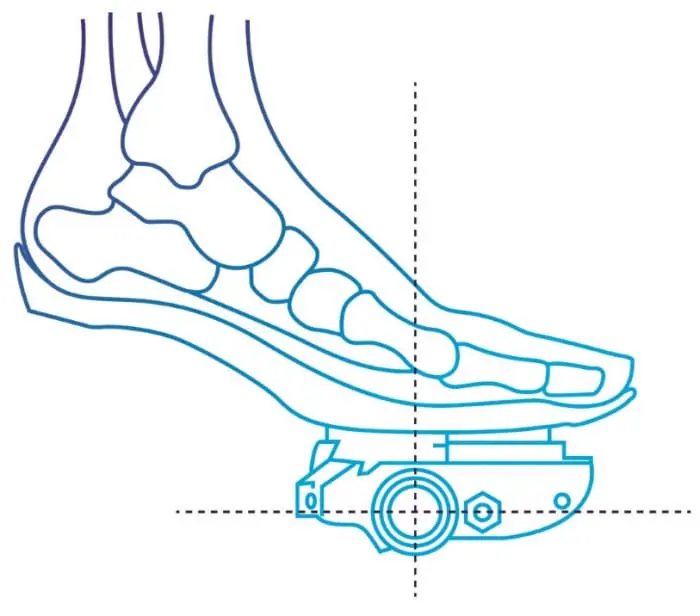
The adjustment of one pair of cleats per bike is included in the fitting sessions but can be booked as standalone session. After adjusting the fore-aft position of the cleats relative to the shape of your feet, I let you pedal on your bike on a trainer to adjust the rotation of the cleats and the stance width. Therefore, I need you to come with your bike. If you already had a fit, we can do without your bike if you still have the last shoes I adjusted the cleats for.
Sidas custom footbeds
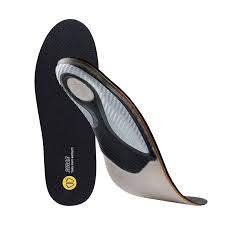
Many seem to forget and neglect them, yet it is through our feet that we transmit our efforts to the pedals. A good insole contributes significantly to comfort and performance by providing sufficient arch support. It is crucial to offer your feet good stability and a better distribution of the support surface. Read more…
These insoles have only one major drawback: once you’ve tried them, you won’t be able to do without them anymore .
The Custom Bike Pro are a great option. The Custom Bike Pro ULTRA , developed in conjunction with the Astana Pro Cycling Team, offers a stiffer version tailored to the needs of performance cyclists.
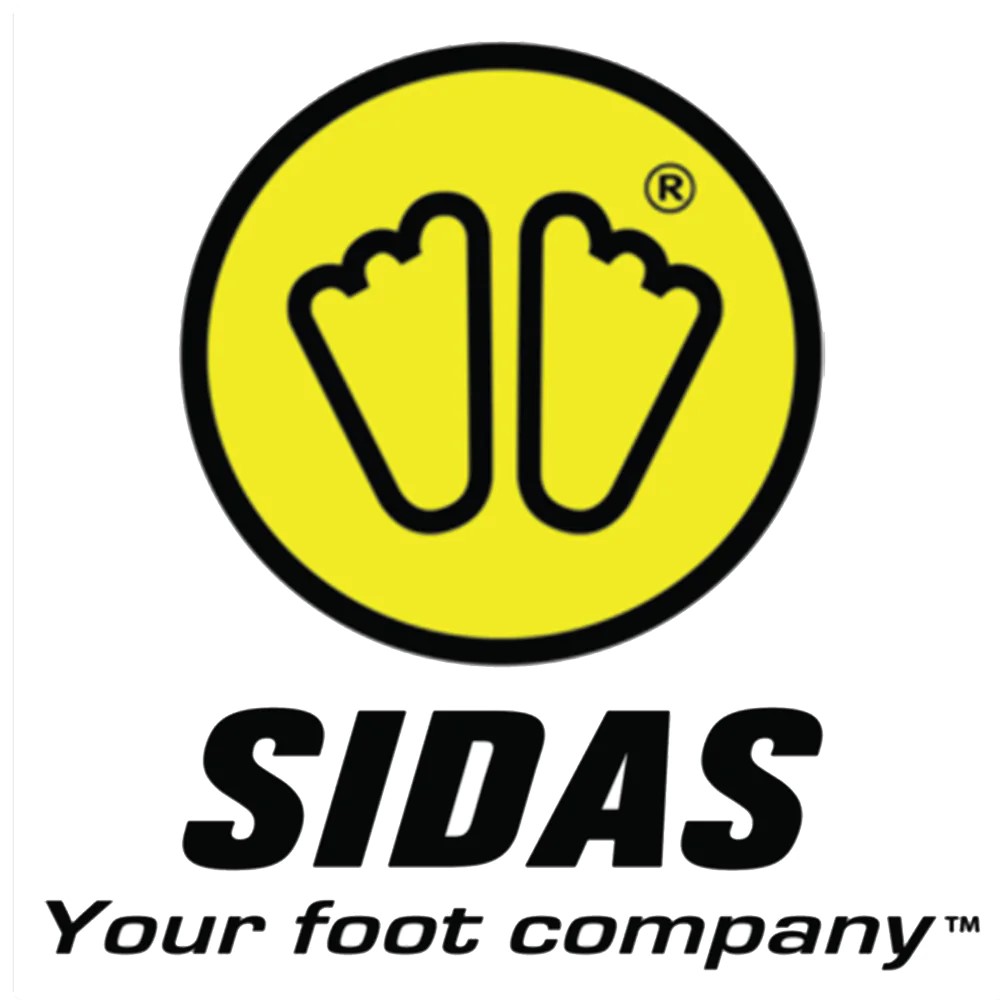
Dynamic saddle tests
This service is reserved for returning customers and their already fitted bike. Please read what follows to understand why.
Saddle testing can be challenging with some manufacturers, as they may offer only one loaned test saddle at a time, and you often have to mount and adjust it yourself. Additionally, some brands might not have their entire range available for testing, and many brands don’t even provide test saddles.
Here’s what I propose: Come with your bike, and we can test my stock saddles on the spot. You can also bring your own saddle for comparison. The changes are usually quick, making comparisons easier. Video analysis allows us to check the influence of the saddle on the position of the pelvis. If your feeling is not reliable, pressure measurements will help us.
I stock saddles from Selle Italia, Cobb, gebioMized, Ergon, SQLab and BiSaddle. If you choose to purchase a stock saddle, it will be correctly set up, and the fit coordinates will be provided.
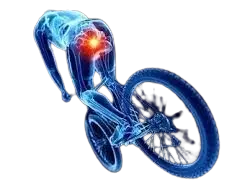
Please note that this service is reserved for customers who have been fitted on the bike they want to test the saddles on. I hope I can count on your understanding. It’s important to note that a saddle change can influence the position of your pelvis over the bike, and replacing the saddle often changes your position. This is why I recommend having a fitting session before this service, as the position of your center of gravity relative to the bottom bracket of your bike is one of the drivers of my postural optimizations.
If you opt for a fitting and it turns out during the session that your saddle is not suitable, I will do my best to offer you the best saddle choice, and this service will be included in the fit session.
Profile Design Aerobars - Consulting, assembly & setting

I enjoy working with Profile Design products because of their adaptability and flexibility. The company’s commitment to listening to athletes and bike fitters ensures continuous improvement, making their products highly reliable.
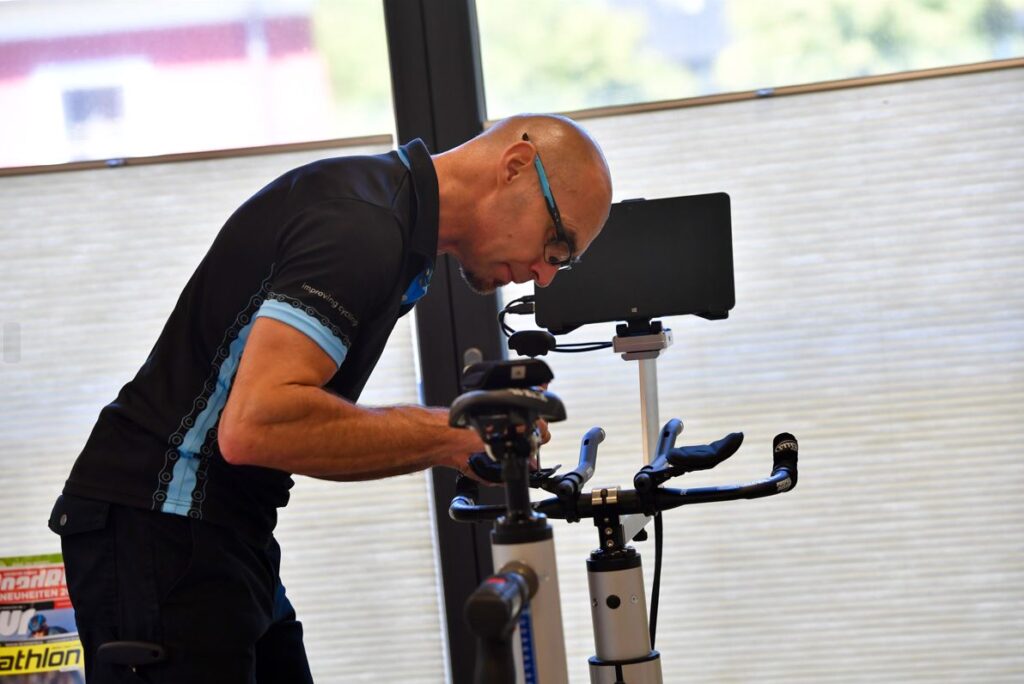
I offer a service that allows you to experience the shape of Profile Design’s aerobars on a fit bike with the same fit coordinates as your current bike. This enables rapid changes and comparisons of different extensions in your position, helping to determine if additional spacers are needed. Once we find the optimal setup, it can be replicated from the fit bike to your current bike.
Dynamic crank length test
If you want or need to change your drivetrain and wish to ensure you buy the best crank length.
The crank length is so important and yet so neglected. The length of the cranks mounted on the bike usually increases with the size of the frames, which is simply easier for the manufacturers.
Do you know your ideal length of cranks? If you have not had a bike sizing, probably not.
As there are formulas to calculate the saddle height, handlebar reach, handlebar width, … there is a formula to calculate the length of cranks you need. I could not give it to you; I do not know it. No more than others because I do not use them. All these formulas are obsolete first, then they assume that everyone has the same anthropometric proportions, the same flexibility, the same technique, the same level, …
There are so many determining factors for the best crank length formulas cannot calculate. It must be tested.
That’s why I offer you this service. The fit-bike allows me to reproduce the position you have on your bike and to test crank lengths from 155 mm to 185 mm.
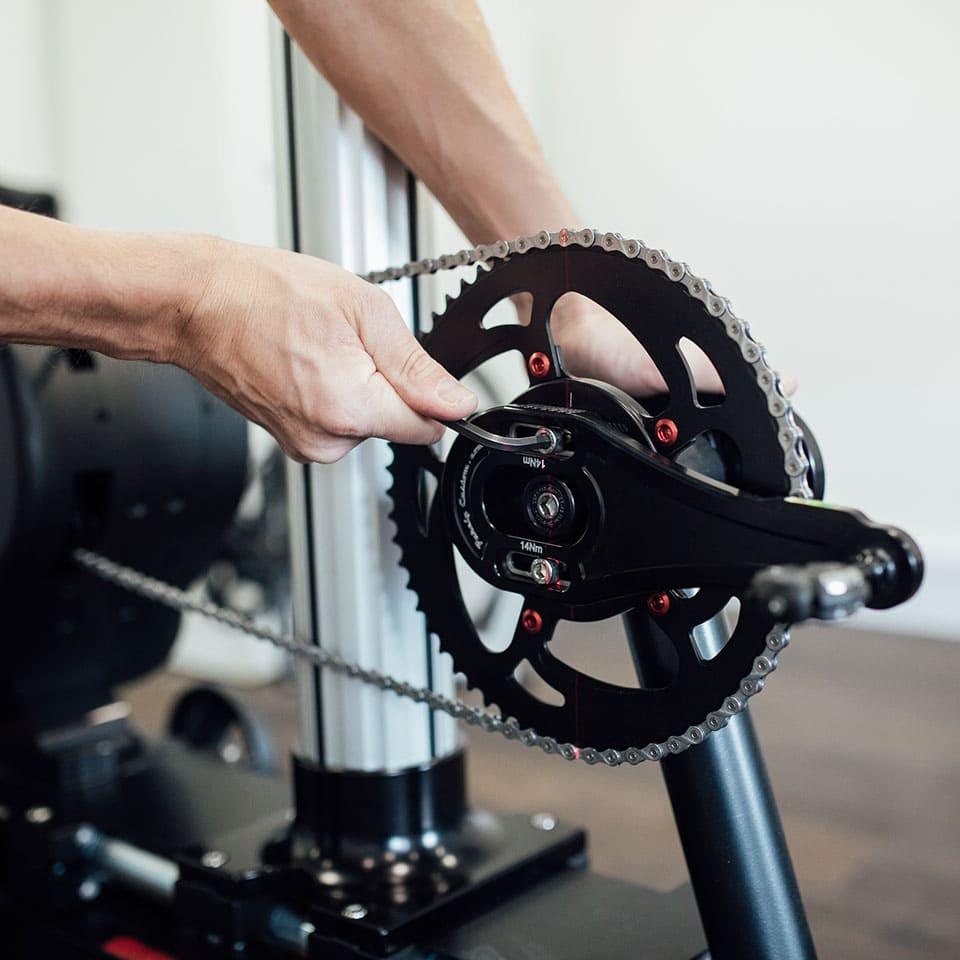
LAKE Shoe Fitting
If you’re interested in my advice to find the right model from their range, feel free to schedule an appointment for dedicated time for you and your feet. This service is free and without obligation. If you purchase a model I have in stock, I recommend coming with your bike. I prefer adjusting your cleats myself and dynamically verifying the correctness of this adjustment.

Additional (post-fit) workshop
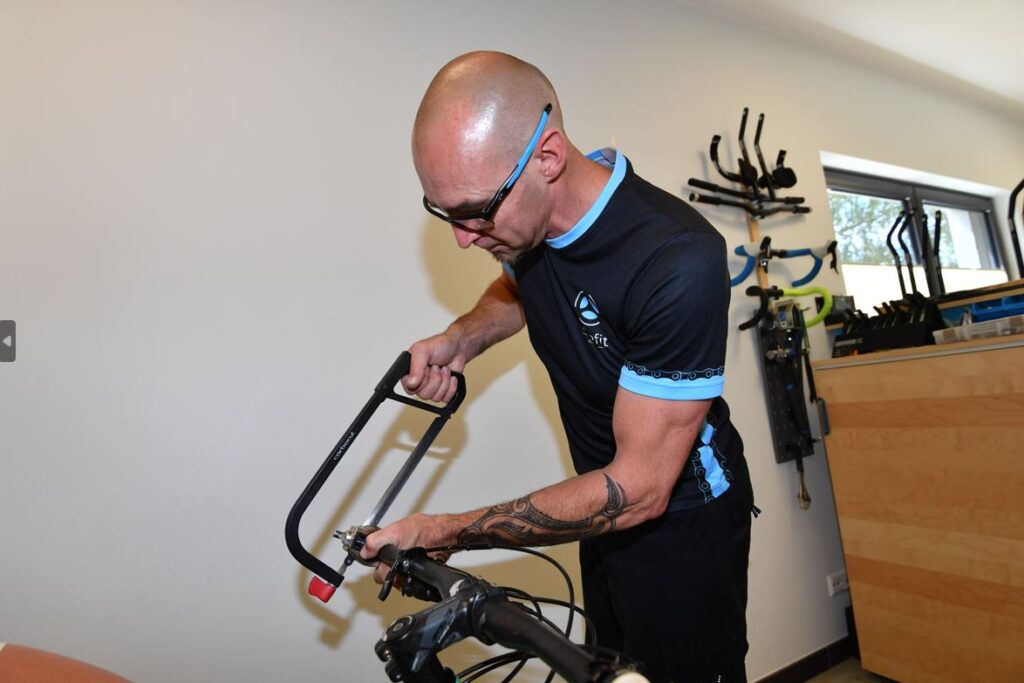
I strive to ensure that you leave the session with your bike properly adjusted. However, unforeseen events can occur, necessitating a return visit. With fewer models featuring a standard handlebar and stem, replacements often need to be ordered. If you prefer me to handle the adjustment for certainty, this may require you to come back.
In the event of a necessary intervention that could impact your posture, I am available to assist. While I don’t provide maintenance or repairs in order not to compete with bike shops, I’m here to help if the required action may affect your fit.
Bike Prescription
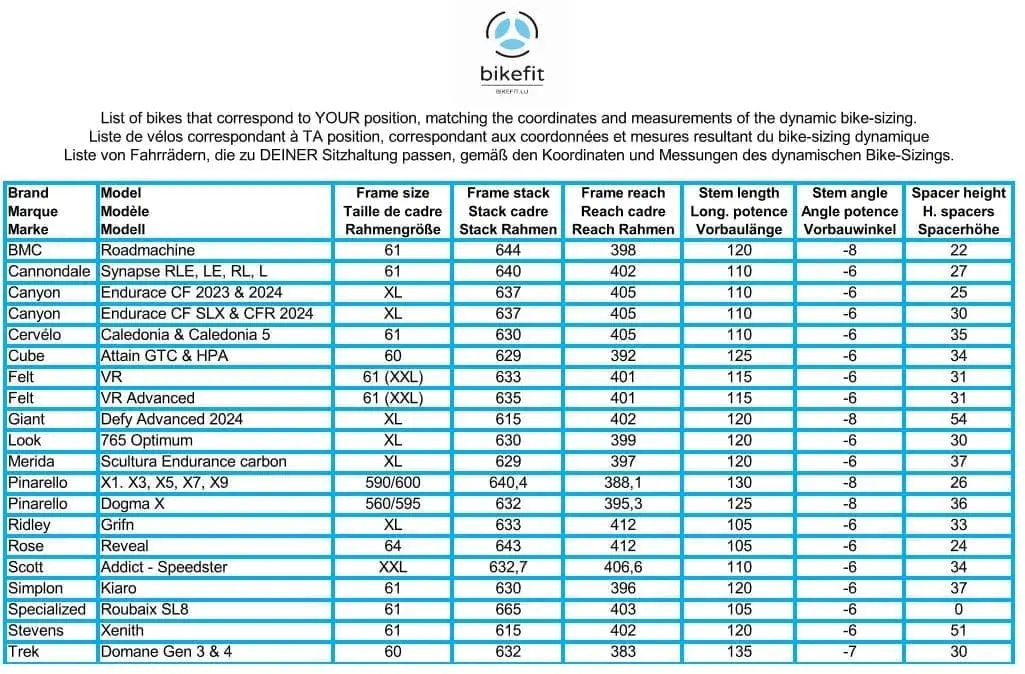
I conduct calculations and research on geometries and configurations for road, triathlon, and time trial bikes based on existing fit coordinates that are less than 2 years old. Beyond this timeframe, I recommend a bike sizing, anticipating potential changes in your requirements.
